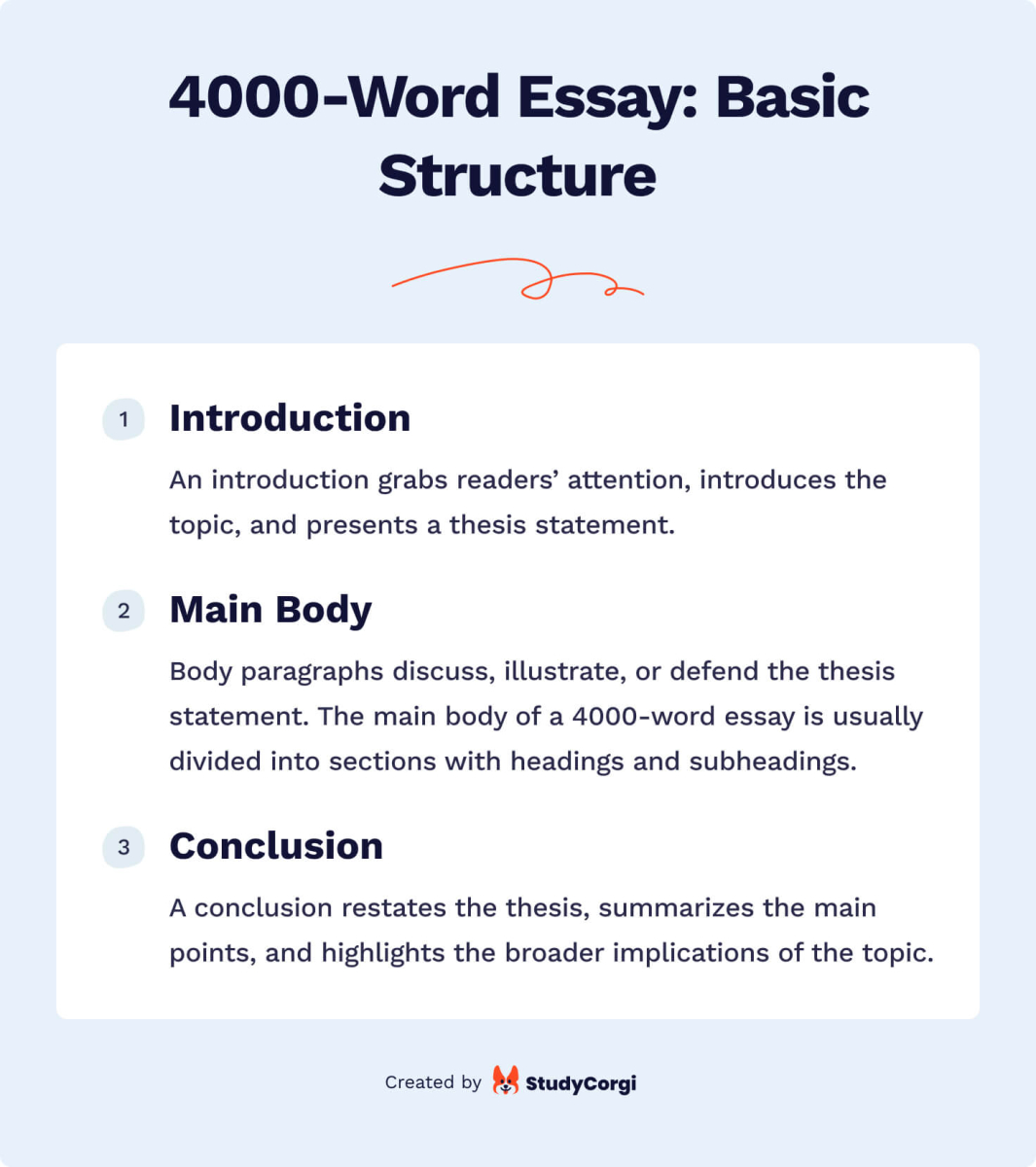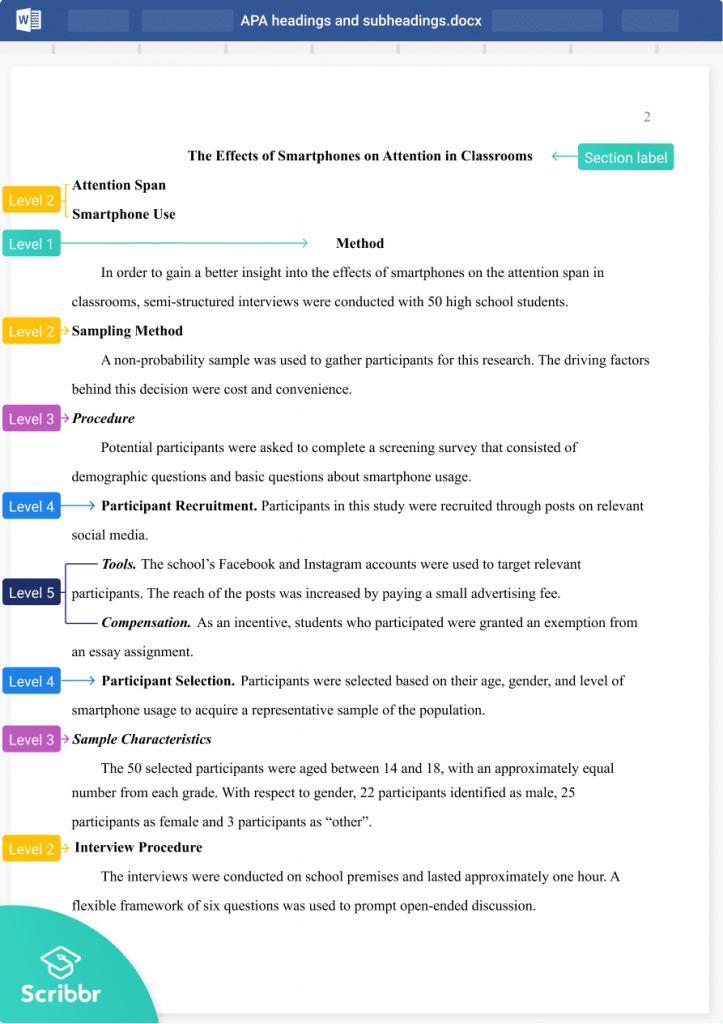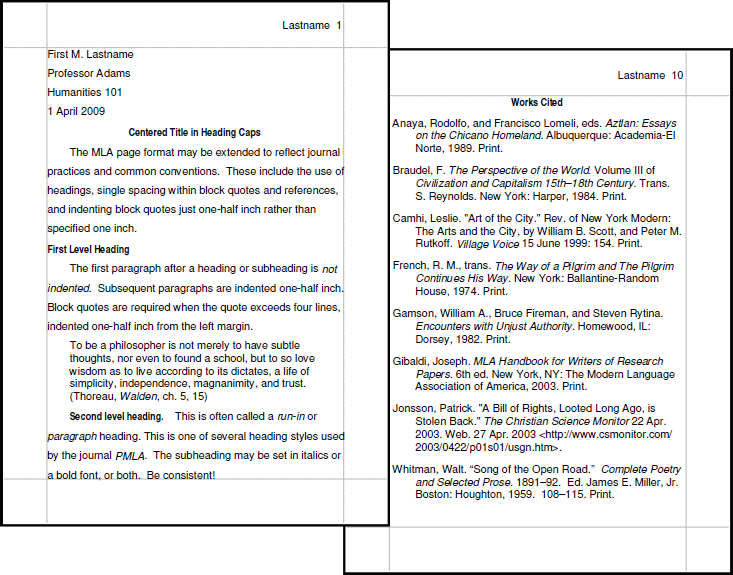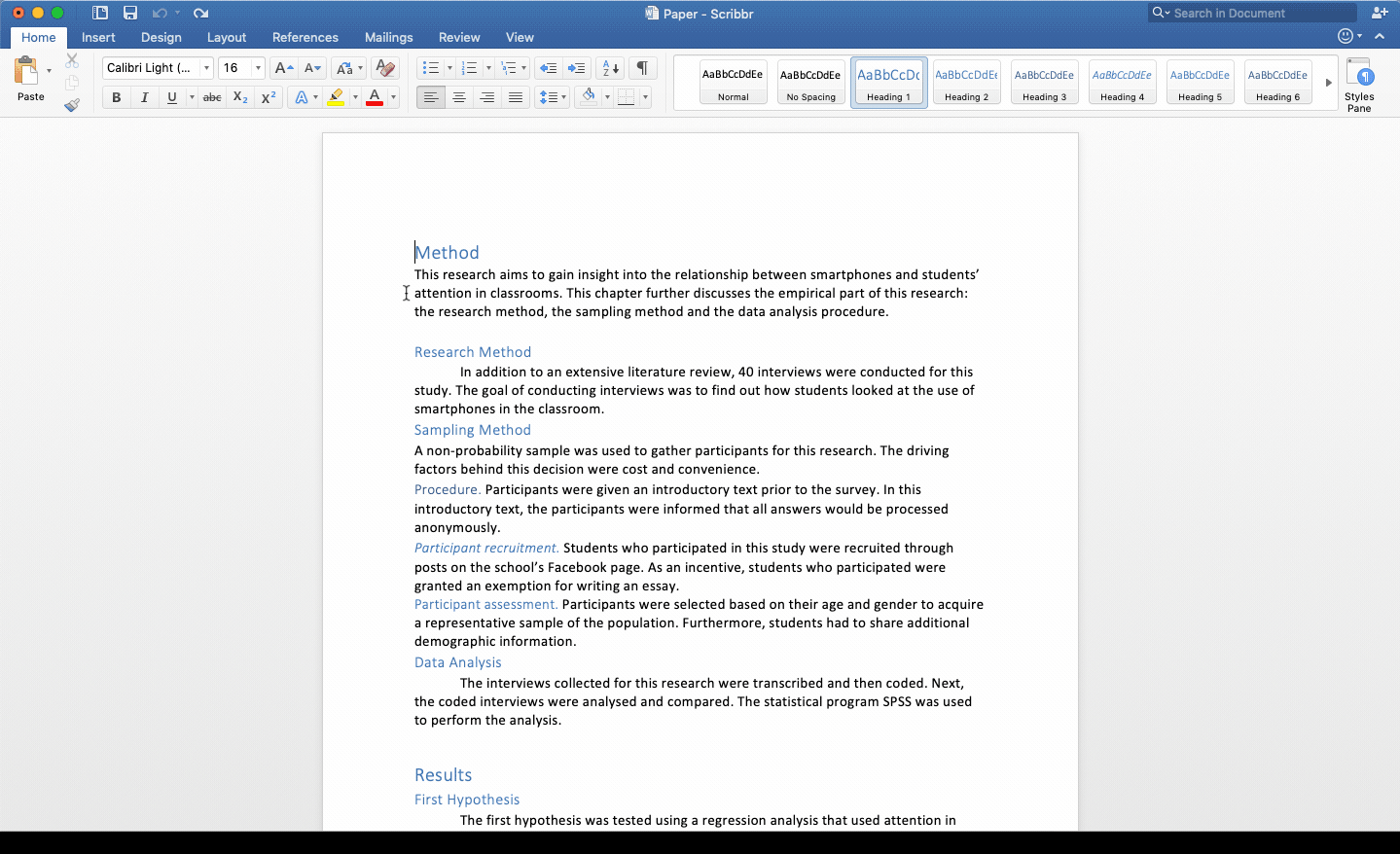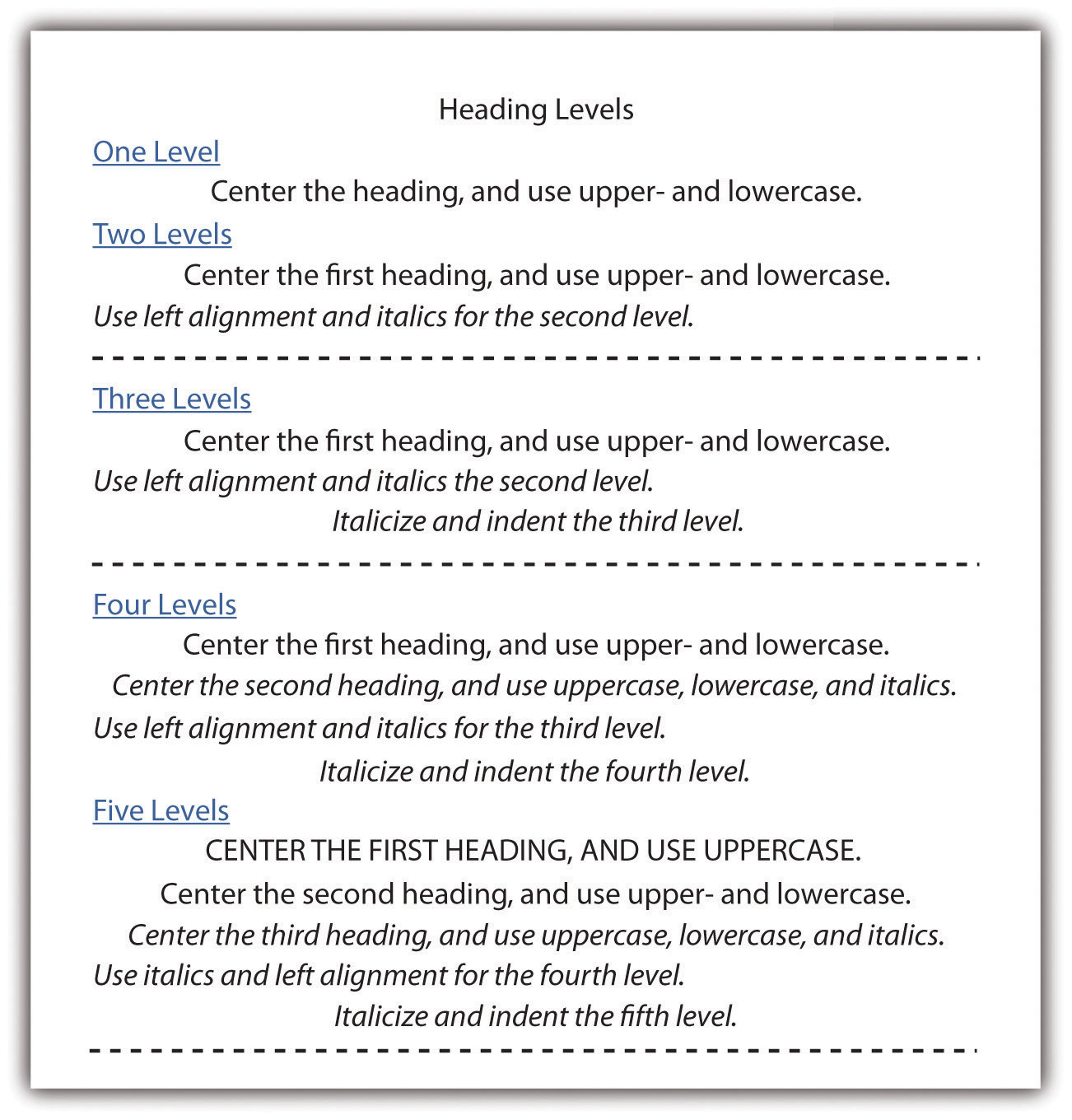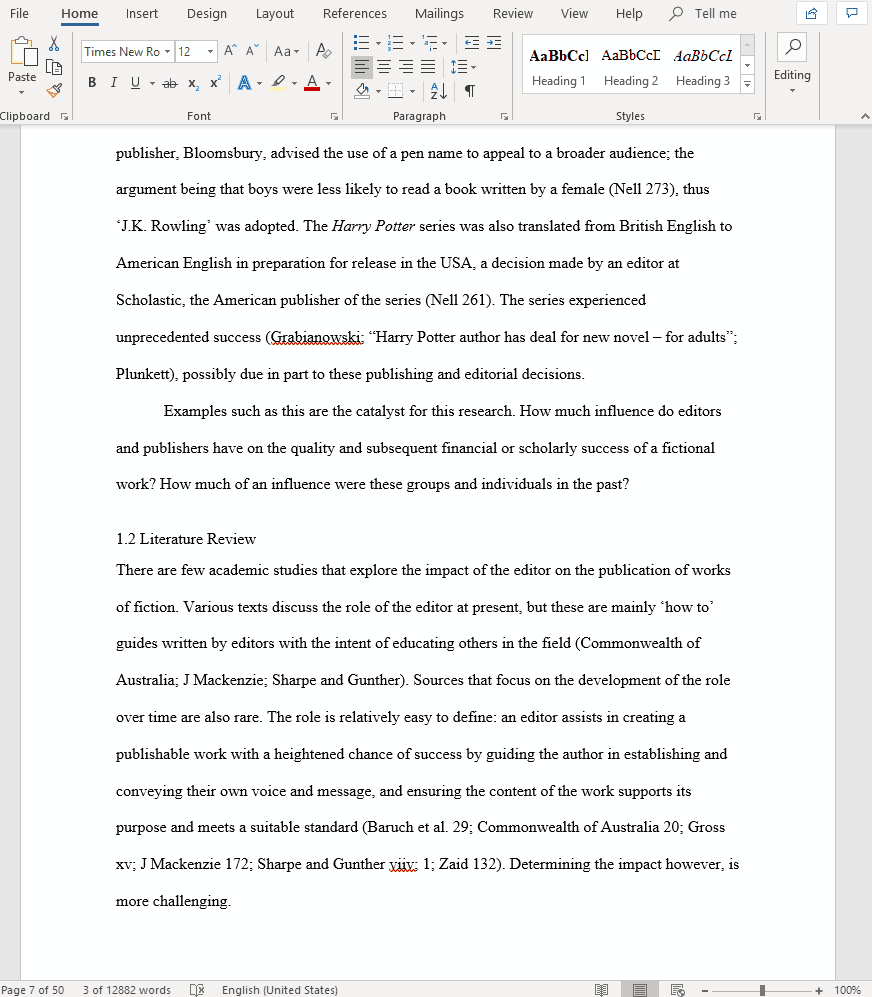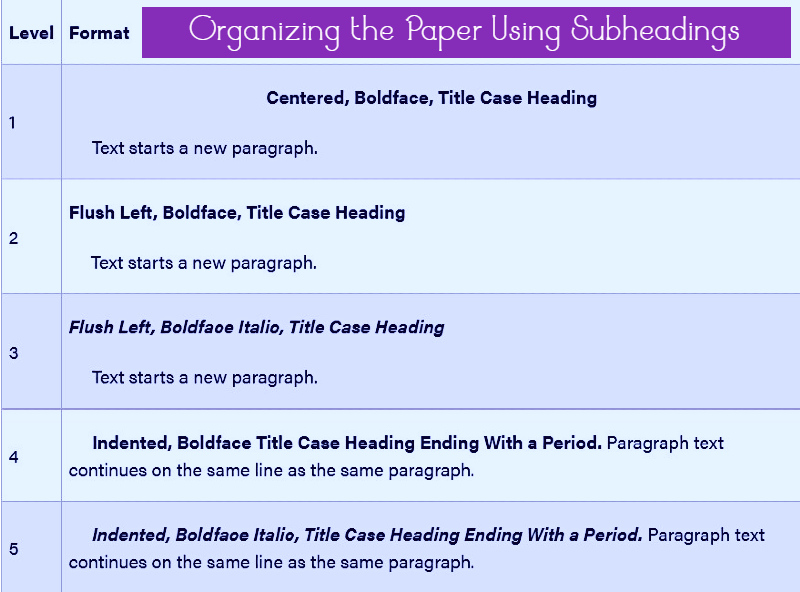Have A Tips About How To Write Subheadings
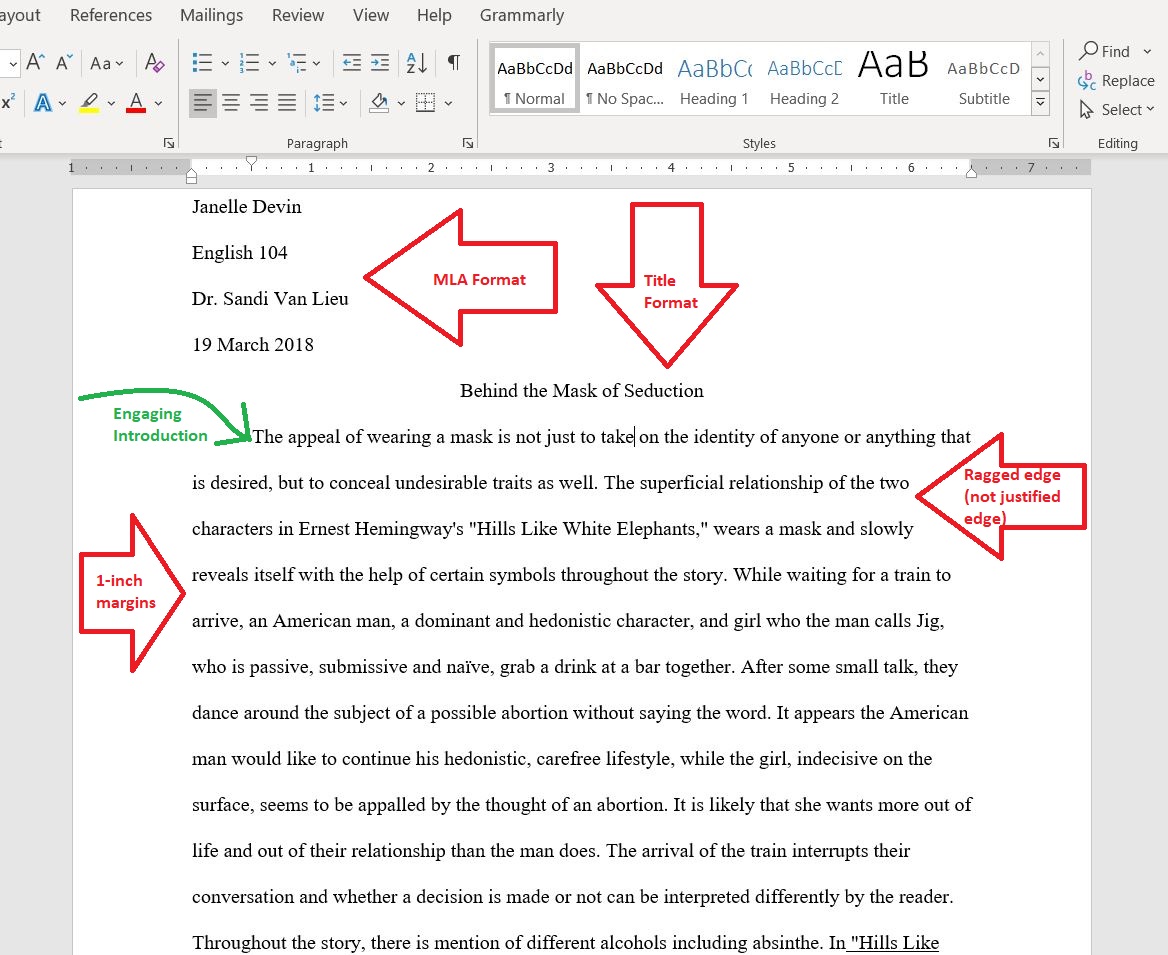
Grab attention with descriptive subheadings.
How to write subheadings. It is typically used to introduce a new topic or. Many people start reading a piece of content with the headline and then scan the subheadings. A subheading is text placed under a headline, often with a smaller font, which expands on what the headline says.
Headlines are used to entertain, add shock, or hook. Read on to learn a few rules of writing. The other side of the subhead blunder coin is trying so hard to be creative and grab attention that you create something that is more.
Subheadings should be concise, descriptive, and informative. One copywriting trick with subheads is to use them as a “second path” through your copy. They should capture the essence of each section of your post and entice your readers to continue.
They make it easier for your reader to grasp what you’re trying to say. You stare at the one word subheading, feeling in your gut that it should say something more. These distinctions enable authors (like you!) to keep their ideas organized while.
How to write subheadings for your blog post. Parallel structures are word or phrase patterns that are similar in nature. Use parallel structure.
Because the idea is so potent, you know it will carry the. A subheading is a secondary heading that breaks a long text into smaller, more manageable, and readable chunks. For example, a headline could announce the.
Subheadings often get overlooked by writers. Subheads increase scanning and reading. They’re smaller than the main heading but larger than the.
How to write subheadings. But they, in fact, are very important for readability. To write subheadings that make an impact and engage your readers, consider the following points:
How to write a subheading.
